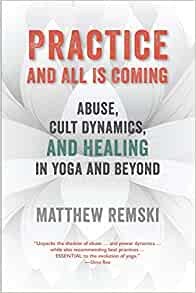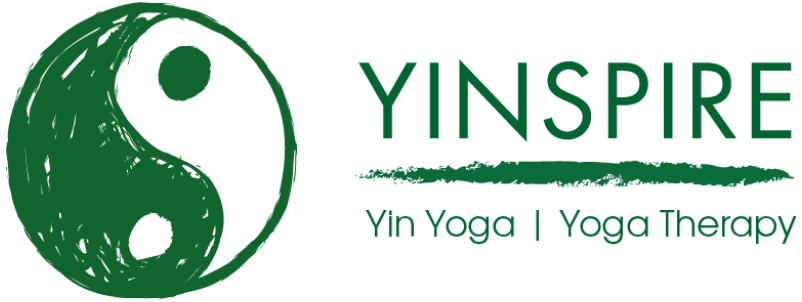 Of all the books I read, this is one of the few that I really wish I hadn’t read – not because of its writing or the fault of the author – it’s the topic, abuse in yoga. I simply wish it wasn’t necessary to address abuse in yoga; I wish abuse didn’t exist. But, alas it does, and needs to be addressed.
Of all the books I read, this is one of the few that I really wish I hadn’t read – not because of its writing or the fault of the author – it’s the topic, abuse in yoga. I simply wish it wasn’t necessary to address abuse in yoga; I wish abuse didn’t exist. But, alas it does, and needs to be addressed.
The subtitle of this book is “Abuse, cult dynamics, and healing in yoga and beyond”, and the major part of the work relates to the unfolding of the story of abuse – mostly sexual – by Pattabhi Jois, the founder of the Ashtanga Yoga lineage. Ashtanga Yoga referring in this instance to the lineage created by Jois, rather than the eight fold Ashtanga path of Patanjali’s Yoga Sutras.
Jois is not alone – there are credible allegations about abuse within the Satanyanda organisation; by Bikram Choudhury, founder of Bikram yoga; Vishnudevananda Saraswati founder of the Sivinanda ashrams and disciple of Swami Sivananda; and to a lesser extent by BKS Iyengar – maybe, in this latter case, bullying rather than abuse.
I’ll be clear, I don’t subscribe to the view that abuse by the founder / leadership negates the wider value of the lineage or that the teachings and writings of an individual, in this case Jois, are rendered worthless.
Equally I don’t advocate that yoga students stop attending classes in the lineage – the local grass roots teacher is a distance away from the historic abuse.
However I feel there needs to be a recognition of the abuse allegations, and of the testimony of victims, and further a reappraisal of handed down teachings through that filter; this is especially the case in a tightly controlled lineage like Ashtanga yoga, but I doubt there are many yoga teachers who don’t draw at least a little on the work of Jois – arguably the source of all modern forms of vinyasa yoga – and likewise we all draw to a degree on the works of Satanyanda, Sivananda and Iyengar in our practices and teaching – and so the issue is wider than the narrow confines of the Ashtanga community. Realistically we cannot undo the influences positive or negative these individuals have had on our practice, but we can reflect on how our practice has been affected and, maybe more importantly, hold a candle in our hearts for abuse victoms and send them some metta – maybe send that metta to the abusers as well, recognising the weaknesses that drove them to this place of abuse and control.
This is a book which all yoga teachers and yoga practitioners should be reading; yoga teachers for a background to our varied lineages and to start an internal reflection on creating safety and compassion in our classes, and yoga practitioners to be aware of the risks of abuse and cult in yoga communities.
Our responses will vary, but it’s an issue, in my view, we – the yoga community- shouldn’t ignore in making yoga a safe place for all, and ensuring abuse of any sort is rooted out. Sunlight, they say, is the best disinfectant, and the authors writing, with quite meticulous attention to detail, is a significant contribution to bringing these stories into the open.
Disclosure: the editor of this book (not the author) is an acquaintance of mine, her husband one my teachers, and I was gifted the book. I was not asked to write any review.

